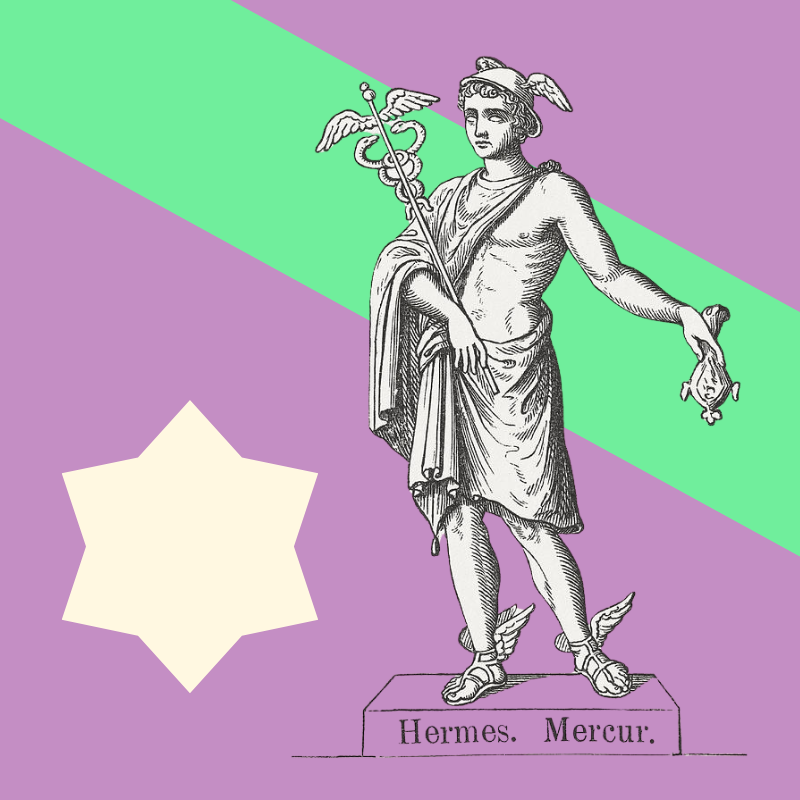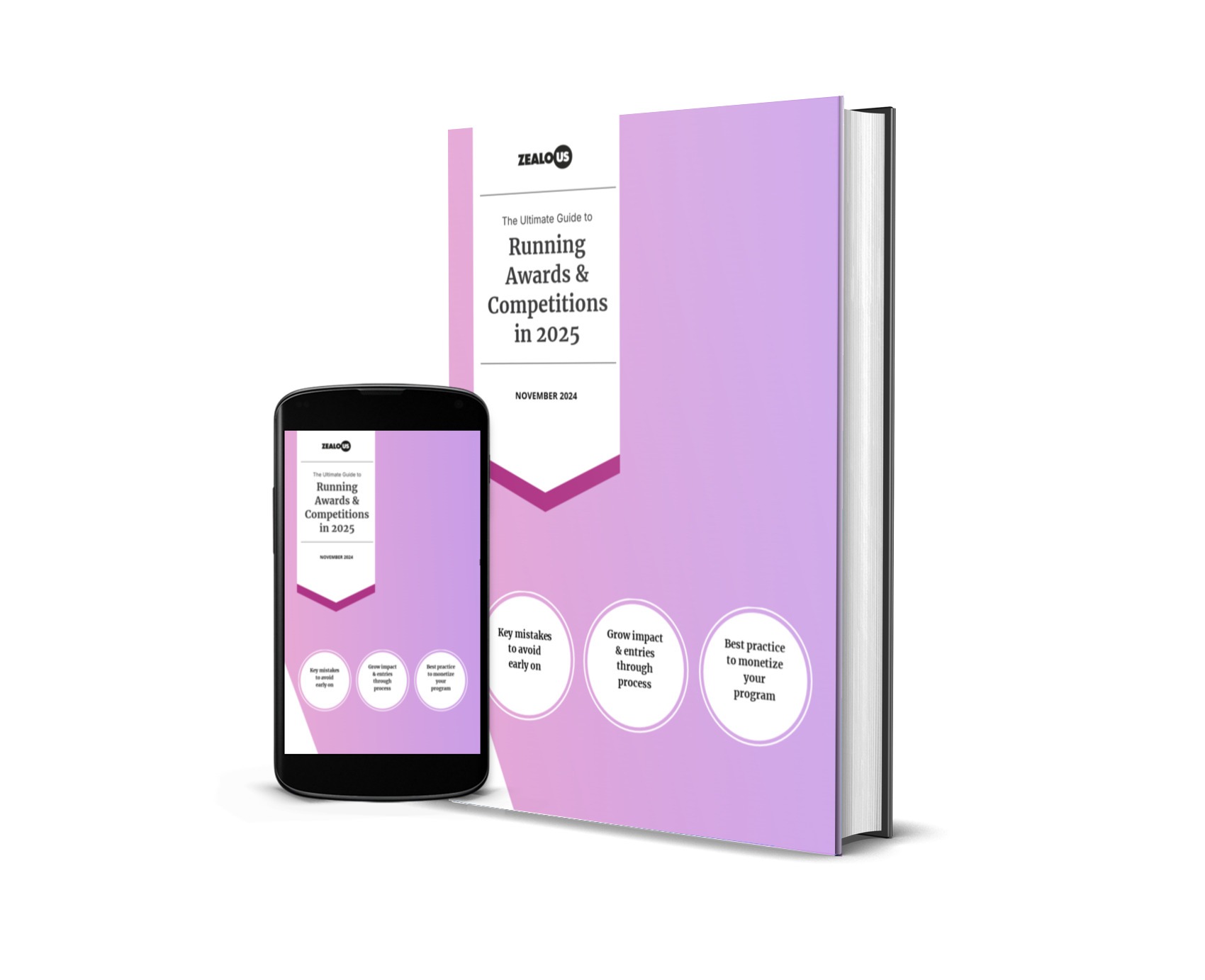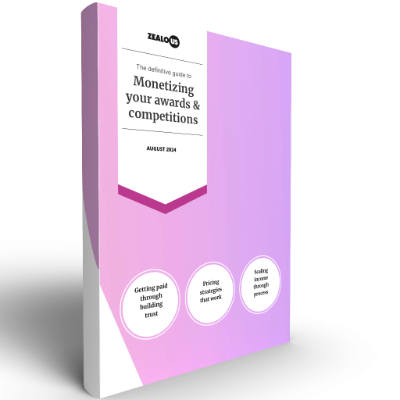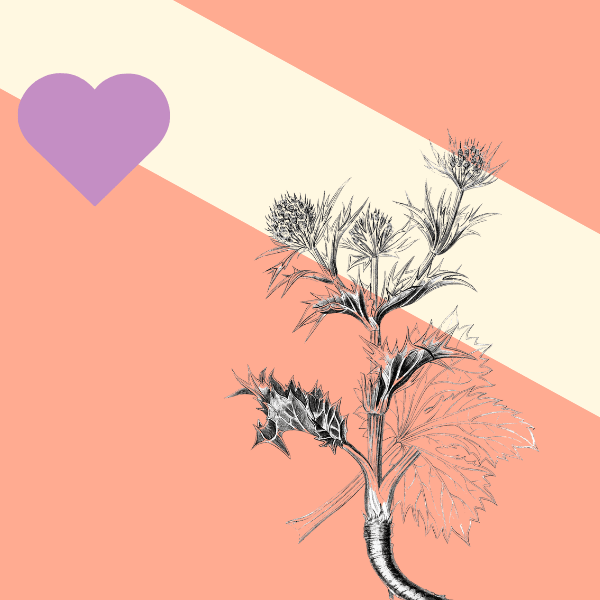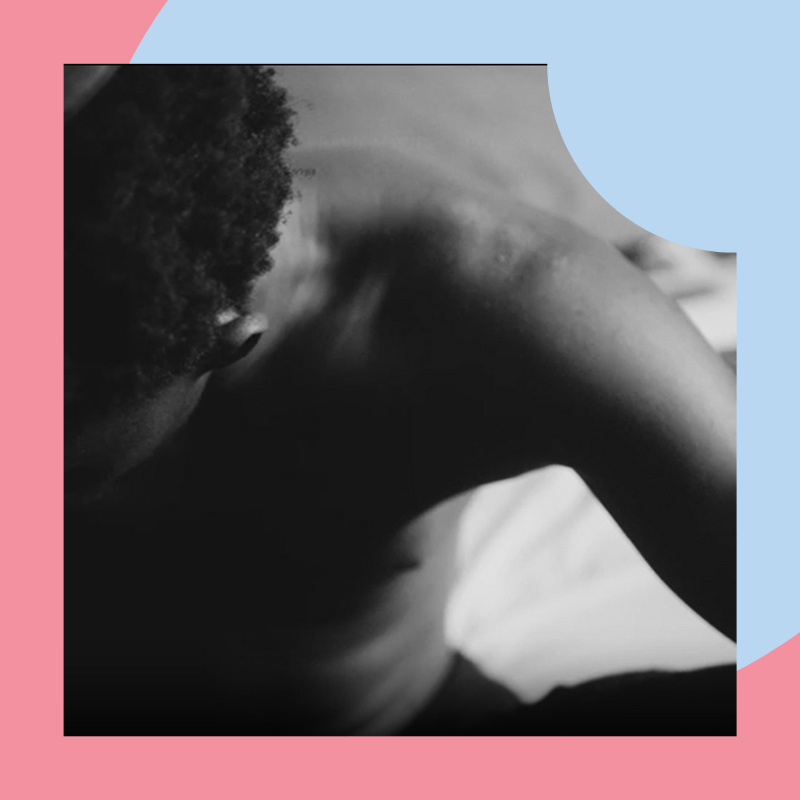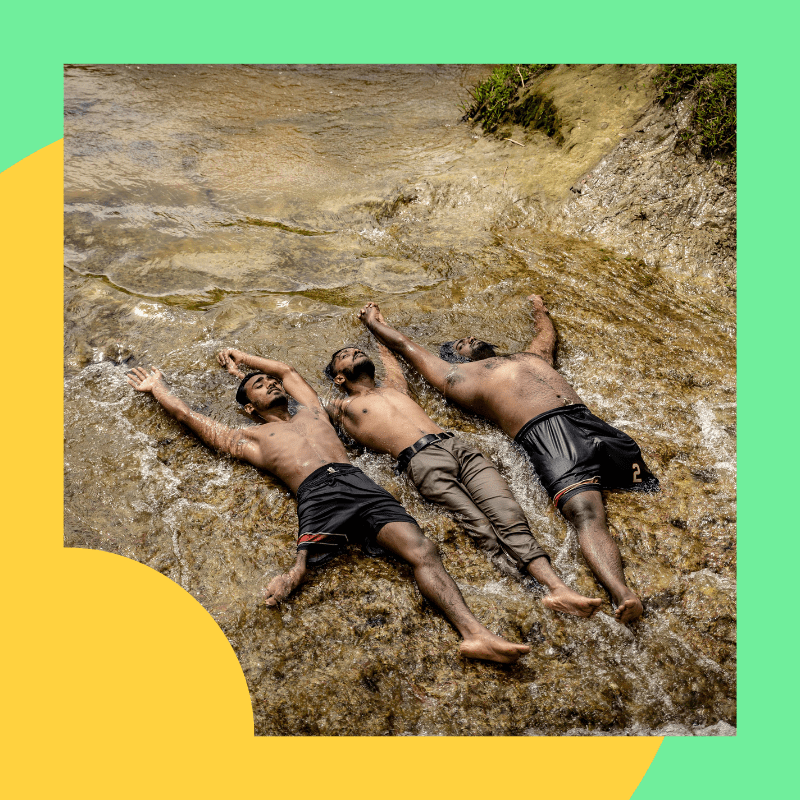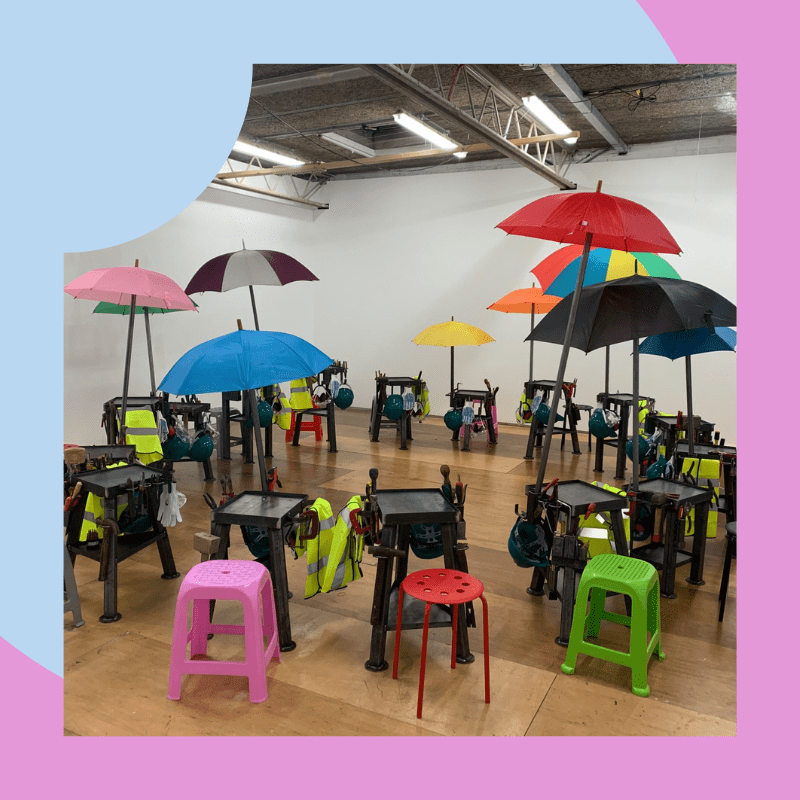Our relationship with rejection defines how far we’re willing to push our creative boundaries. Whilst one designer created rejection sticker charts to gamify the experience, others discovered that being turned down redirected them toward better-fitting opportunities. Some creatives realised overtime that their fear of hearing “no” was limiting their growth more than actual rejection ever could.
We asked creatives across disciplines to share what they wish they’d known about rejection from the start – the mindset shifts, practical strategies, and surprising positives that emerged. Because maybe it’s time we started talking about rejection as openly as we celebrate success.
Maria Epifanova
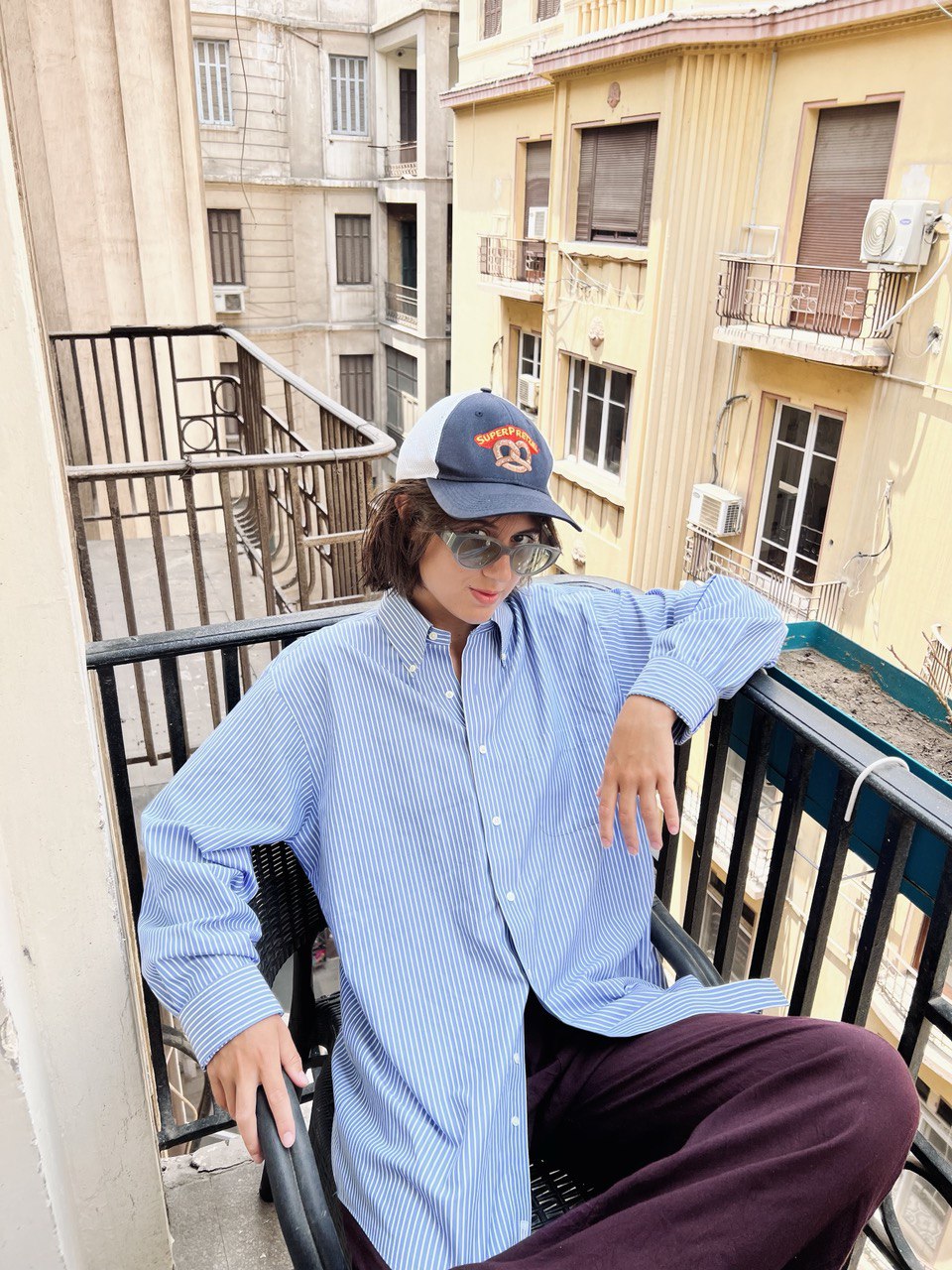
l wish I had known earlier that there are many ways to connect with other artists and the art world beyond open calls. After almost a year of nothing but rejection letters, it felt necessary to change tactics. I focused even more deeply on my own practice, working more consistently and producing new pieces. At the same time, I started putting more effort into social media. After a while, that began to pay off, and a few connections with wonderful artists as well as galleries were established from there.
I also decided to commit to an actual art degree, and from October, I’ll be studying at an art academy in Germany. Getting to this point took a lot of effort, but, from what I’ve observed, being attached to a larger institution does make it easier to find a way forward. Besides, studying offers a room for artistic growth as well as valuable opportunities to build a network.
I haven’t completely given up on open calls, but now the focus is on local ones and those that feel like a genuine fit with my work.
Maria is an artist based in Germany working in paper collage. Her practice revolves around the reuse of printed matter and everyday ephemera. For her, it’s a way of processing an increasingly fragmented world by arranging its leftover parts.
You can find more from Maria on Instagram.
Nico from Studio Dayze
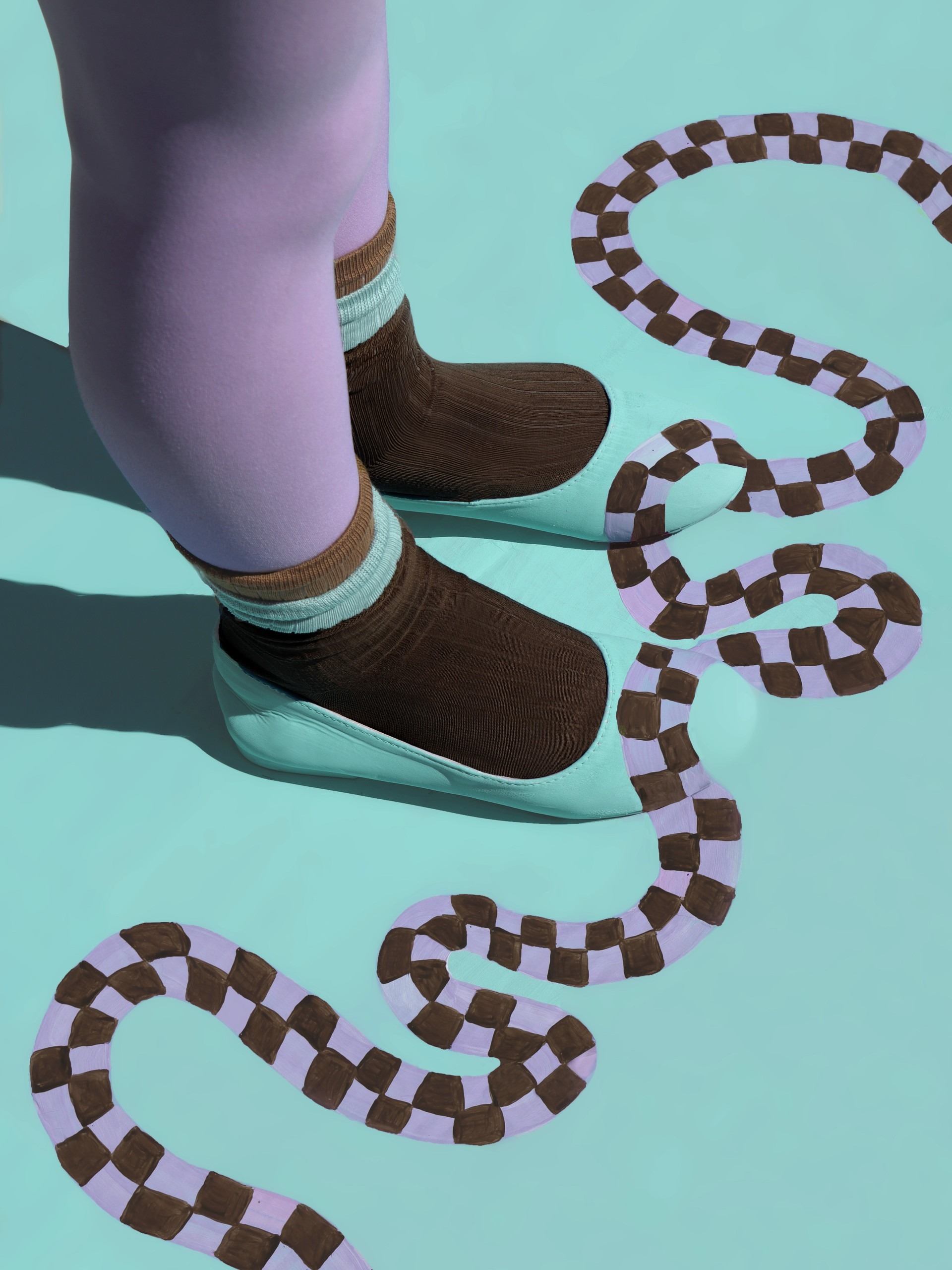
I wish I knew that rejection would become a tool to understand myself better. Whether it’s jobs or (more times than I’d like to admit) guys on Hinge, rejection has been unavoidable. But as I’ve got older, I’ve realised how much it’s shaped me and clarified what I really want from my career.
What feels like a missed opportunity in the moment often makes sense later. It’s easy to overthink, but certainly in terms of careers, more often than not you’re just not the right fit yet. I previously applied for a role at an agency and heard nothing. Six months later, HR reached out with a role far better suited to me. Now, I freelance with them two days a week. On those occasions it’s led nowhere, I’ve often looked back in hindsight and realised it might not have been right for me.
Rejection can also be fuel. I didn’t go to Uni, so getting a foot in the door wasn’t as easy as those with a degree. Every knockback exposed gaps that pushed me to learn, upskill, and grow.
And yes, rejection stings. But I’ve found it usually carries a hidden gift. When an author and I pitched a children’s book, we were rejected by a big brand. Not the answer we hoped for, but the Editor gave us detailed feedback that ultimately made our work stronger, later resulting in the book being published.
As a freelancer, thick skin is essential. You can’t wallow over a cold email pitch when your creativity needs energy. It’s also important to remember, on social media, you’re only seeing the “yes” moments. Behind every shiny success is usually a pile of no’s.
My advice would be to pause and look back at times rejection rerouted you to something better. More often than not, it’s not an ending, it’s redirection.
Nico runs a creative studio offering styling and creative direction as well as a print studio for fashion & homewares. She also works as a trend forecaster across pattern & graphics for leading trend agency, Future Snoops.
You can find more from Nico on Studio Dayze website and Instagram, as well as Colour Dayze website and Instagram.
Hannah Pratt
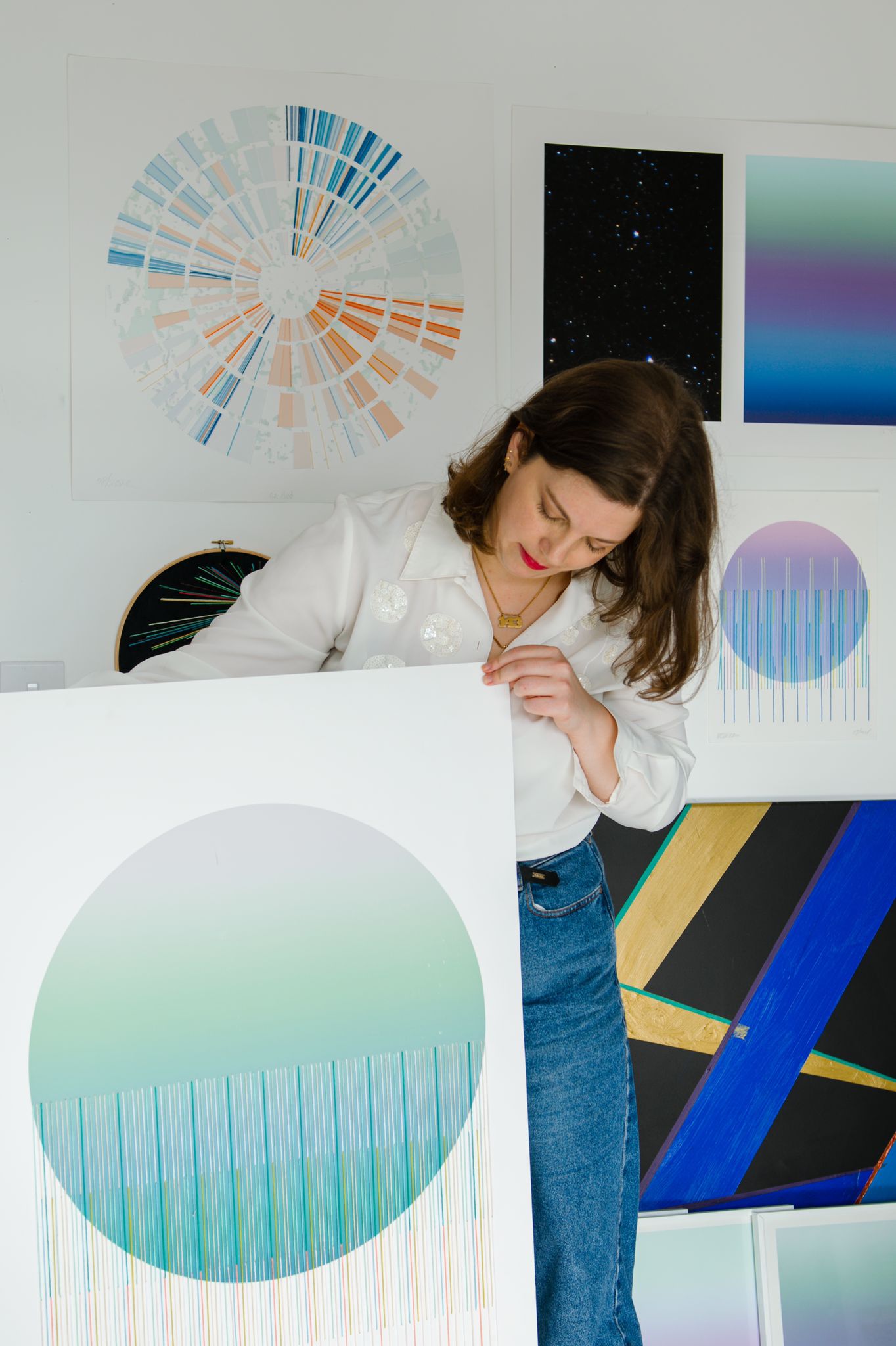
What I wish I’d known about rejection? So many answers to that question. I guess I would start by saying that you have to be prepared to receive a lot of ‘no’s’ from any submission, whether it’s for large, established shows or for tiny community shows, especially at the beginning of your career. Unfortunately, even after you’ve spent over 10 years grafting and getting your name out there, nos are still a thing, but not as frequent; however, they still do sting, especially if you have been invited to apply and/or the application process is laborious.
Being neurodiverse, applications can take a long time; therefore, I have learned the hard way to leave myself as much time as possible so I can make sure I have included everything I need to in order to give myself the best chance in any application. In short, take your time!
In the end rejection is still a huge part of an artist’s life, sometimes I brush it off with ‘whatever, NEXT!’ and sometimes it can really get me down but honestly when something huge comes your way and you are accepted, it’s makes all the work worth it and I do tend to live by the fact that if you don’t apply you definitely won’t get in.
Hannah Pratt is an interdisciplinary artist who explores the relationship between art, science, and data, with a particular focus on astronomy, climate change and storytelling. She has exhibited her work widely across the UK and internationally and has visited and collaborated with several sites of scientific and historical importance, including CERN, the Royal Observatory Greenwich and The Royal Society. She works across various mediums, including painting, printing, and fibre art, as well as digital techniques such as AI and creative coding.
You can find more about Hannah on her website and Instagram.
Liz Mosley
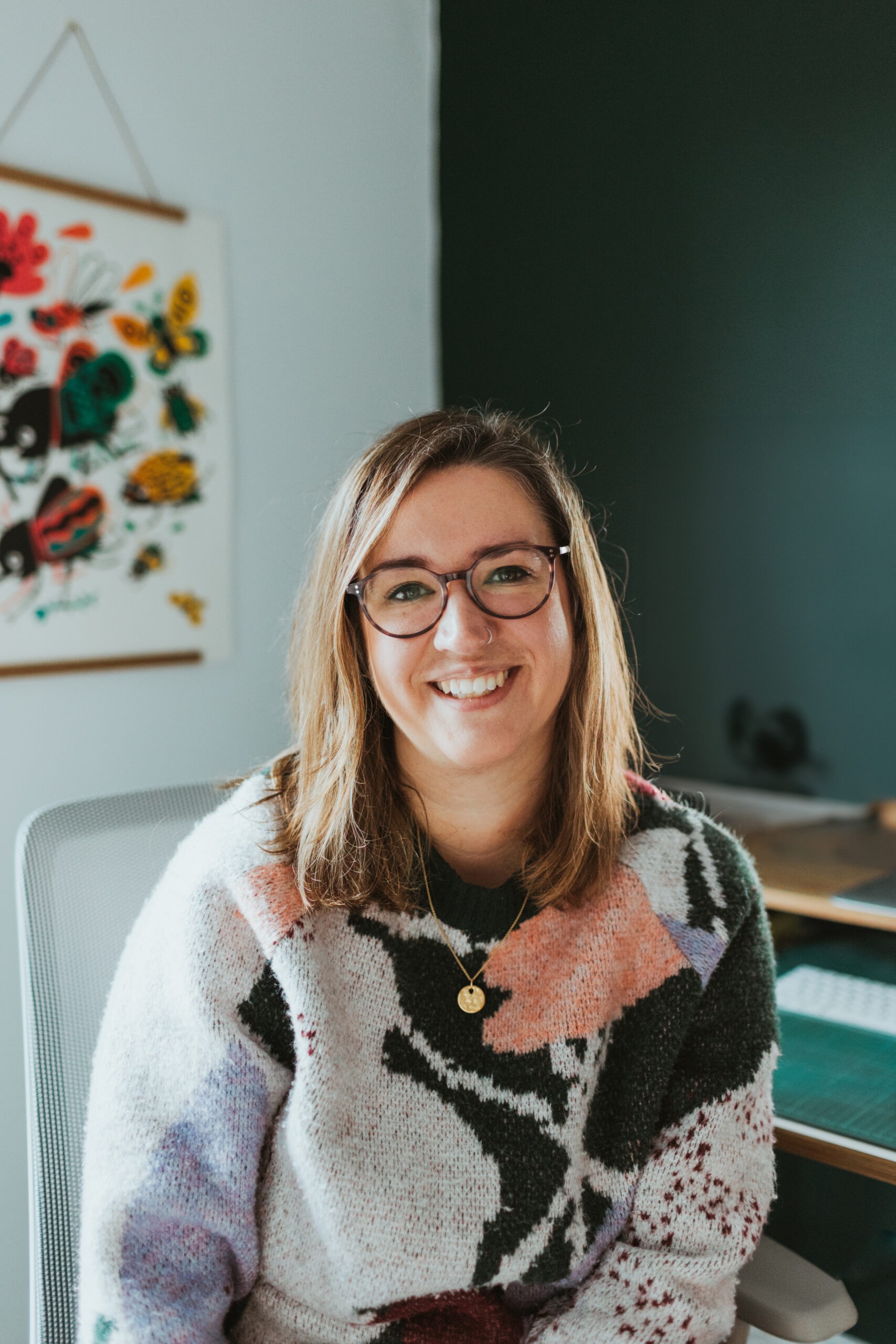
For the longest time I allowed my fear of rejection to massively impact my business then one day after dwelling on a particular rejection and catching myself in a negative spiral of thinking I realised how much it was holding me back. What I was doing was telling myself false stories about what that rejection meant – often what I thought it meant about me as a person. I decided that inspired by others who had done this before, I would start a rejection challenge where I tried to collect 100 rejections in 6 months. My mindset immediately shifted because I had turned it into something fun and had created for myself a win-win situation (I even made a sticker chart to make it even more fun).
I started going out and pitching things that I never would have had the courage for before, and one of the biggest lessons I learnt is that everyone deals with rejection, it’s actually just a part of the creative process and is to be expected. I ended up completely failing the challenge because so many people actually said yes, which was a brilliant position to be in, and two years later I am still trying to collect rejections. Now I believe that if you are getting rejected it’s actually the sign of a healthy business, a brand that is growing and it’s something I keep aiming for to push myself that little bit further.
If there is something you are struggling with in your business or just life in general I can’t recommend gamifying it and turning into a challenge enough! It has completely changed the way I think and behave in such a positive way.
Liz Mosley is a Branding Designer and hosts a podcast called Building Your Brand. She is on a mission to help small businesses feel more confident about their brands and marketing and so proud that showing up and promoting what they do is easier than ever.
You can find more from Liz on her website and Instagram.
Aysha Tengiz
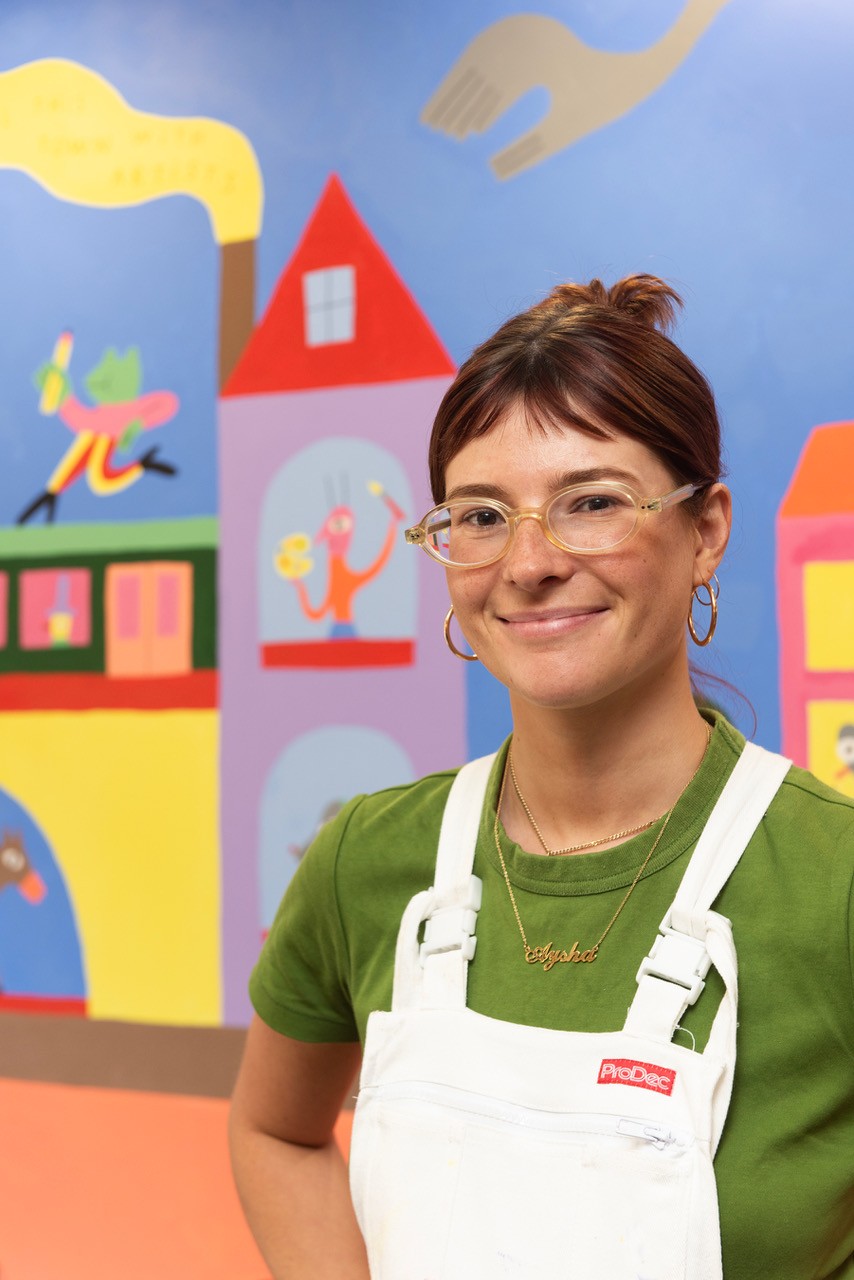
Working as a freelance artist has so many perks. Freedom of time, freedom of expression, choosing who you would like to work with. It also comes with lots of disadvantages and one of those is rejection. Rejection is much more part of the freelance artists regular workday than perhaps other jobs. This might come in the form of jobs falling through, social media posts lacking engagement, clients going with another artist or simply ghosting you completely.
This is something you have to be prepared for when considering working as an independent illustrator. Taking these rejections on a regular basis can be difficult and it’s hard to not take them personally. Putting your work out into the world will result in both positive and negative critique and all artists are very brave for being vulnerable enough to risk that.
Remembering to have confidence in your work outside of external gratification is super important. If there is anything worse than rejection, it’s fear of rejection stopping you from creating art at all!
Aysha Tengiz is an award-winning illustrator, known for her colourful and whimsical artwork. She enjoys creating vibrant illustrations by exploring silly worlds through playful characters.
You can find more from Aysha on her website and Instagram.
Yeside Linney
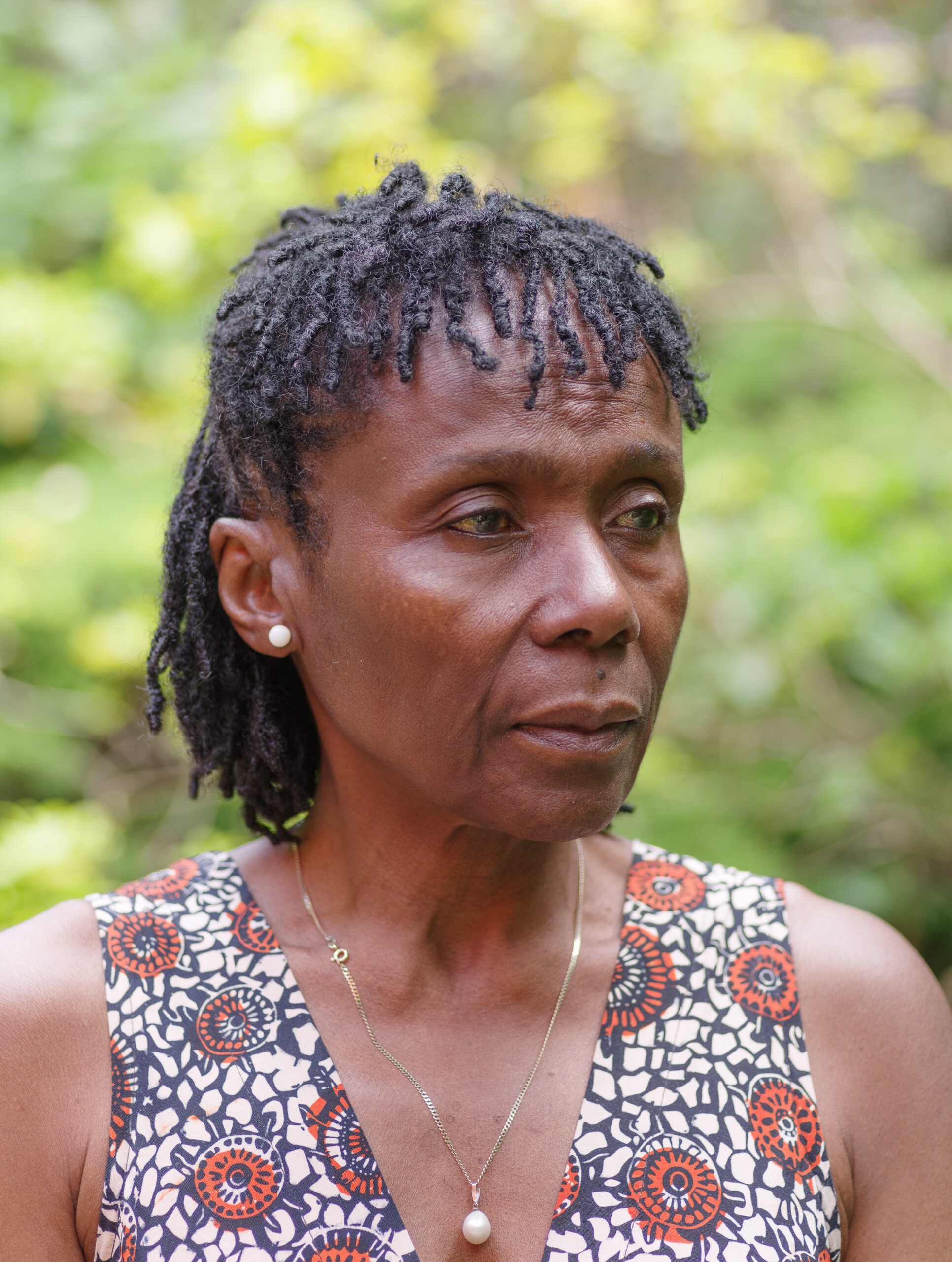
My first rejection from an Open Call sent me into an emotion spiral of negativity and brutal self-judgement, rather than recognising that it wasn’t personal. One size doesn’t fit all. Having licked my wounded pride, further rejections would see the opportunities to learn further and review my process even more intentionally, asking myself uncomfortable questions about submission choice and techniques employed. Good then to see what was selected, how the submissions were curated and understand the choices by the Judges. Rejection can be isolating so I seek consolation in common stories and may even gain new insights and opportunities through these shared vulnerabilities – a form of Art therapy, I guess.
Nowadays, I’m more sanguine about the process. I remind myself that if I am rejected it’s only from a few individuals whose taste excludes me. As it’s one vehicle for visibility and validation, I now apply for very few Calls, plan, remembering to research each selector – articles they have written, watch for trends and prepare statements and photos with care.
Recently, I have realised that my more contemporary work, referencing my heritage does not always suit Eurocentric, Institutional Calls. Above all, I now accept it’s only one channel to be involved more widely.
Rejection is not permanent.
Born in Nigeria, educated in England, Yeside Linney is an award-winning, Surrey based, self-taught artist whose practice is a complex one. Her semi abstracted work seeks to heal the broken thread of her native cultural knowledge.
You can find more from Yeside on her website, Instagram and LinkedIn.
Ann Ann
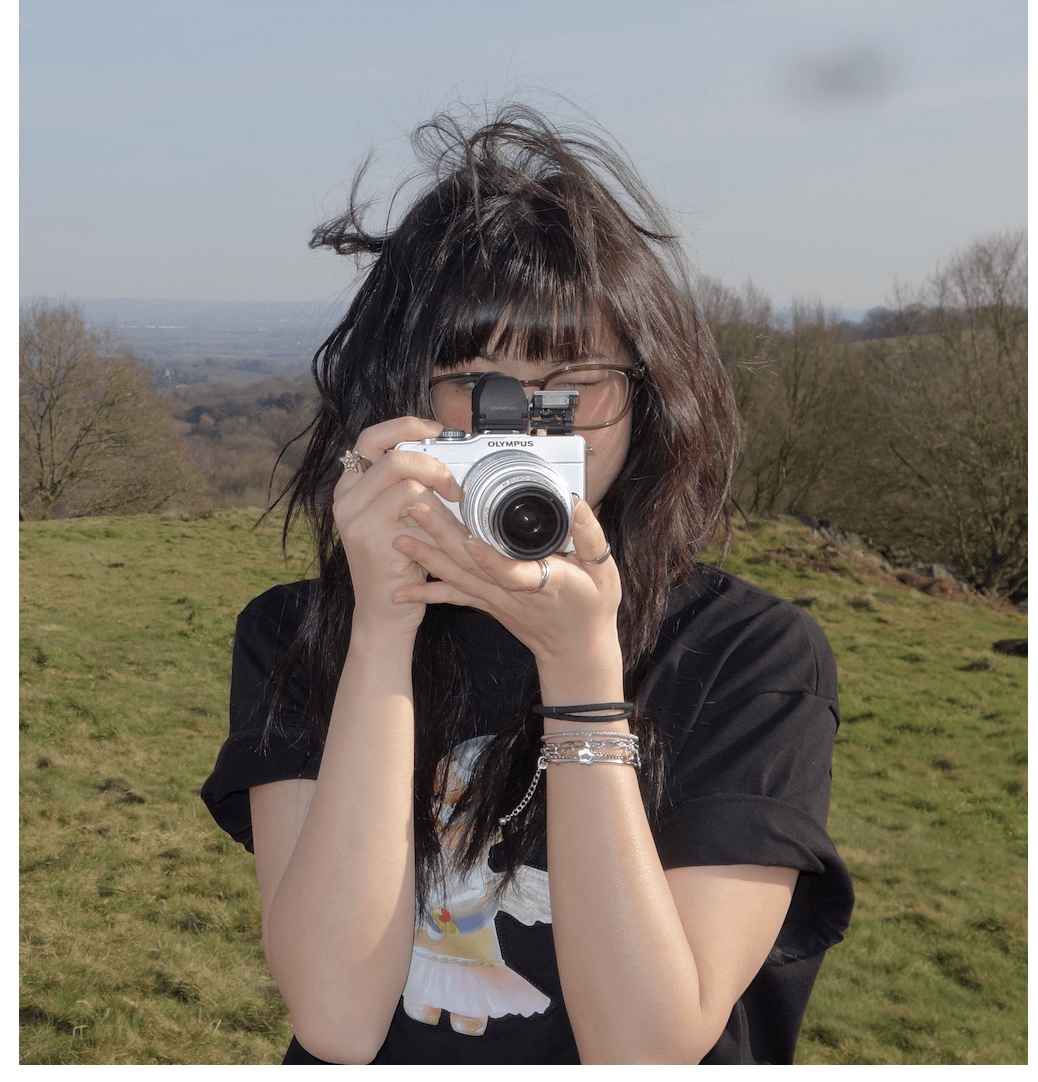
Pursuing a career as an artist is always challenging; there’s no clear path, and opportunities don’t come easily. When I learned about an art university exchange program in Tokyo, I leapt at the chance. I’ve always loved the creative scene in Japan, so I spent nearly a year preparing, even cramming a full year of Japanese studies into six months just so I could be eligible to apply.
Despite my efforts, I was rejected. It deeply shook my confidence and ego, and made me question my artistic purpose. I thought, “If I can’t even get past this first stage, how will I ever make it into the greater art scene?”
It took a while, but I eventually realised this wasn’t the end, but a redirection. A close friend helped me see that I was more focused on being in Japan than on whether the school truly supported my artistic growth. In hindsight, the program wasn’t the right fit for my style or goals; I chose it simply because it was the only option available.
I wish I knew from the beginning when applying to opportunities that I was applying for the right purpose. Rather than funding an urge or misinterpreted impulse that might not have been necessary.
This rejection taught me something invaluable. Failure is not just inevitable, but instructive. It forces self-reflection, reveals areas for growth, and builds resilience. That rejection reshaped my understanding of what I want to pursue, and for that, I’m very grateful.
Ann Ann is currently based in Hong Kong and studying for an MA in Visual Arts. Her mixed media and illustrative works explore an autobiographical approach towards escapism.
Cara (Planet Brill)
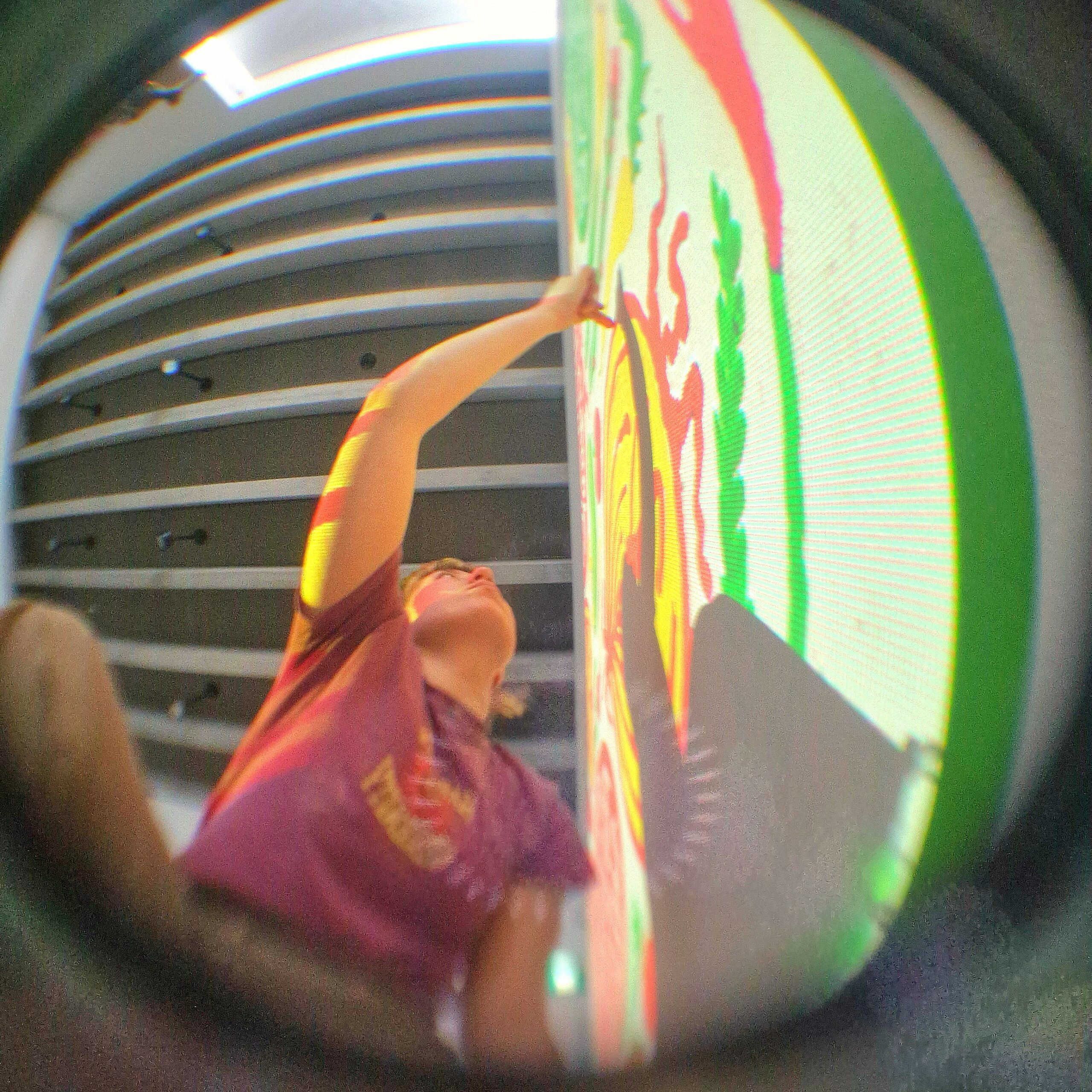
A lot of my creative processes are self-taught, and this goes hand in hand with imposter syndrome; assuming that because I didn’t get a qualification in my industry makes me less worthy of opportunities.
I think a lot of creatives battle constantly with the fear of this imaginary suit-clad CEO turning round and saying your work is terrible, but if we get psychological about it, that CEO is actually us. Even when I was offered amazing opportunities, that inner imposter felt it should have gone to someone else.
It has been a long few years of unlearning the fear of rejection and imposter syndrome, and recently I’ve tackled it by answering ‘what if this is another closed door?’ with ‘what if this is the door that opens for me? How are you going to reach your future self if you don’t move forward?’.
That is easier said than done, so the other tactic I’ve learned is to number my goals. Apply for 10 open calls, send 20 introductory emails to organizations you’ve always wanted to collaborate with, or even DM 5 creatives you’ve put on the pedestal of ‘I love their work but they are wayyyy too cool to want to collaborate with me’, and see what happens, you’ll be surprised!
Cara is an Italian artist originally from Birmingham and currently in Norwich, exploring visual and public art through painting, printmaking, sculpture, and interactive design. Her work responds to existential thoughts about identity, mental health, the environment and spirituality, reaching into the subconscious for inspiration.
Andy Waite
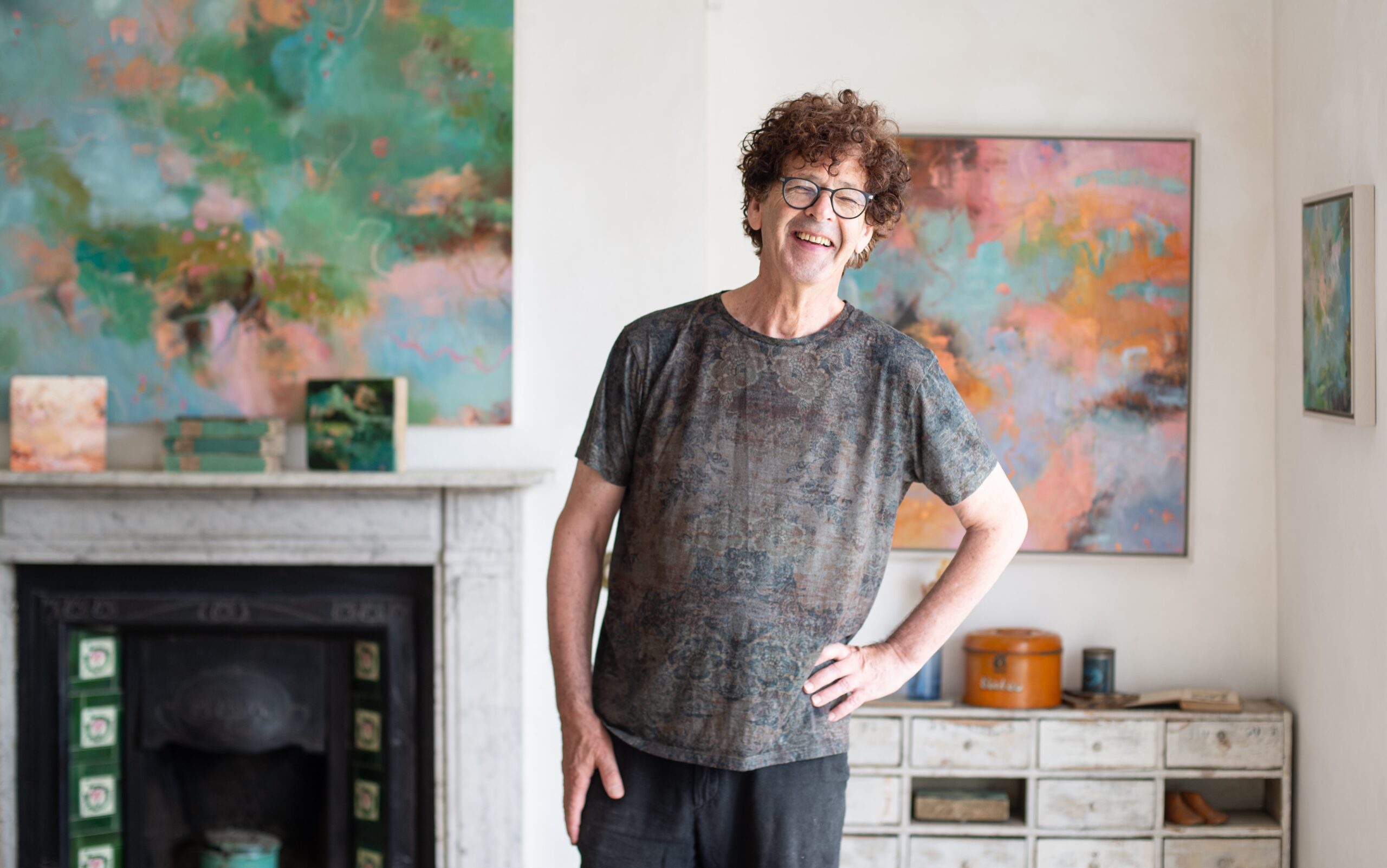
I’ve been entering open calls for over 30 years and not once been accepted. From the RA down, I’ve entered just about everything and it’s evident that my work just doesn’t have that certain something that meets with the judges approval. On one hand it’s highly disheartening, on the other it’s just a small panel of people and their opinion and really the best judge of your own work should always be yourself, and yet there is this rather desparate need for affirmation and recognition from an official body; to be accepted as worthy.
I don’t know why I keep punishing myself with it really because I know what the result will be as another email slips into my inbox with the usual blather about what a high standard all the entries were and how difficult it was for the judges, but unfortunately on this occasion you didn’t make the cut – again.
Sometimes I vow that I just don’t need this endless stream of no thank yous and I tell myself ‘never again’, and for a few months I stop and then that old itch rears up and I give it another go. The volume of rejection hasn’t changed my approach to my practice and I feel that I’m making the best work of my life and it would be great to imagine that I might one day be accepted, but at this point, I think I’m hearing the message very plainly and that it just isn’t going to happen.
West Sussex–based landscape painter Andy Waite explores a drifted world through his work, mapping subconscious fragments into saturated colour on canvas.
Loïs Cordelia
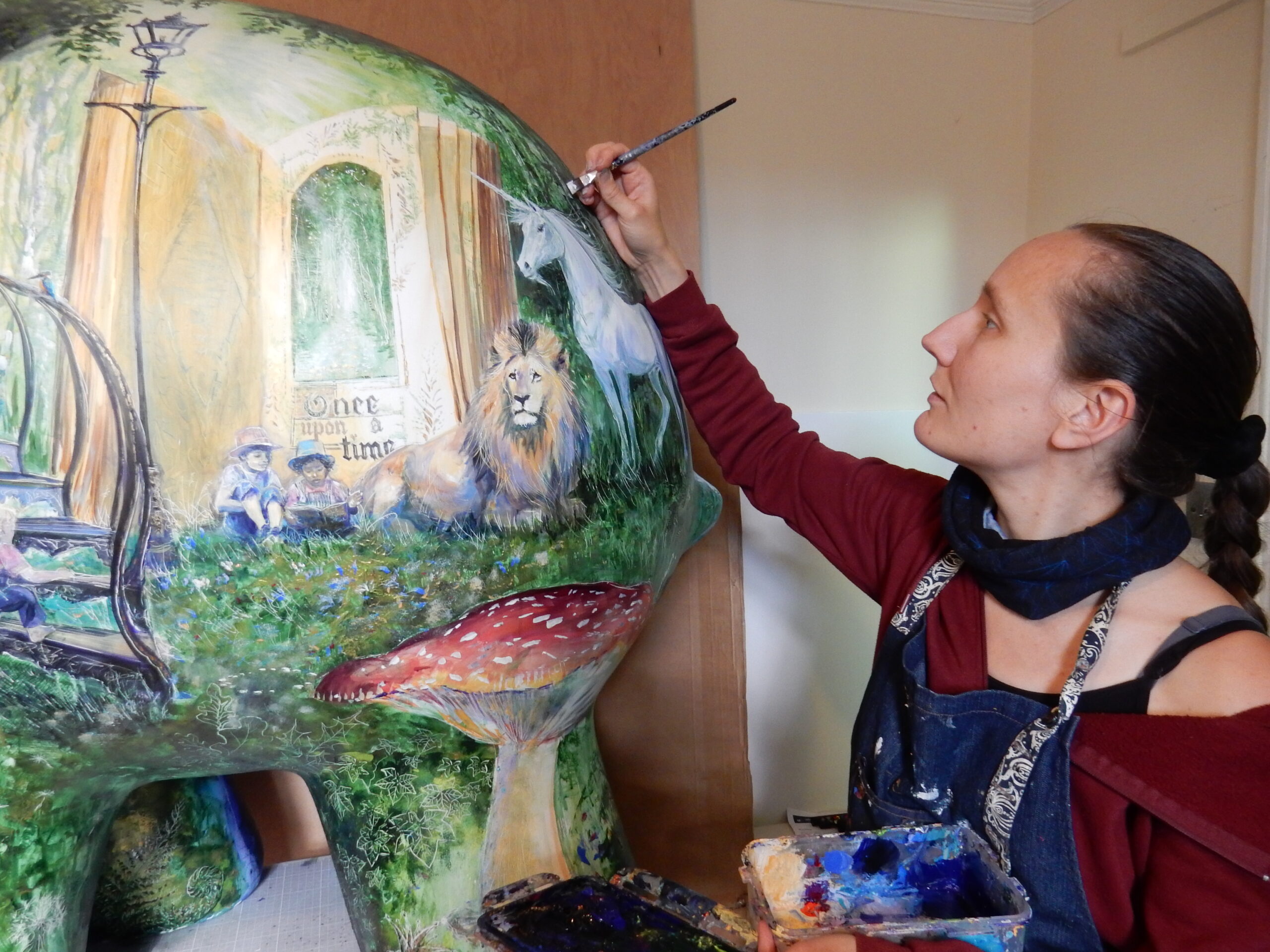
As a freelance creative, I could literally paper the walls with rejection notes (which says as much about how many opportunities I apply for as about how competitive the creative industry is these days), but I plough on regardless. Every time I submit for a proposal, I learn a lot. Every time I get a rejection, I build up resilience.
I often think of Andy Warhol’s words: “Don’t think about making art, just get it done. Let everyone else decide if it’s good or bad, whether they love it or hate it. While they are deciding, make even more art.”
Based in Scotland, Loïs Cordelia is a versatile community artist and speed-painter, who creates art live in public and shares behind the scenes glimpses of the creative process via her YouTube Channel. Her public artwork sales have raised £180K for charities since 2016.
Authors
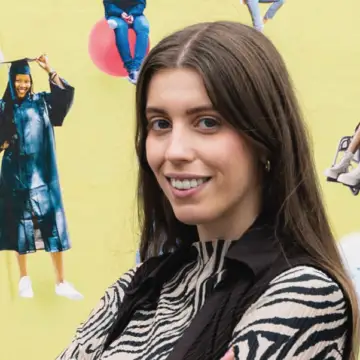
Carmela Vienna
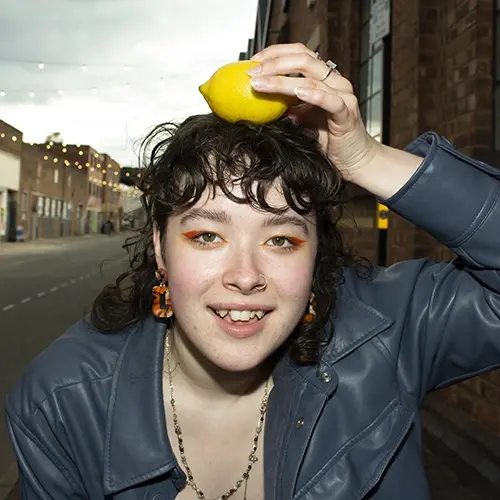
Bethan Jayne Goddard
Let us know you want us to write more content like this with a love!
Share

